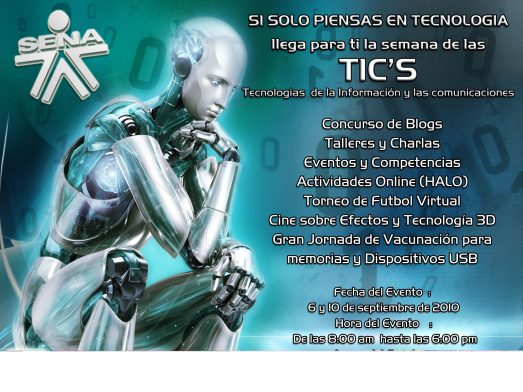Capacitación básica en Computación

Find the latest and complete version of this article here, on TechNet Wiki:
Small Basic: Text Basics
Introduction
Text is a series of characters, often called a string in computing. A string can be a constant (or literal) enclosed within a set of double quotes, or a variable can be assigned to hold a string.
txt = “Hello World”
Above, txt is a variable that contains the string literal “Hello World”.
As stated, the string contains a set or characters, in the example above there are 11 characters, ‘H’, ‘e’, ‘l’, ‘l’, ‘o’, ‘ ‘, ‘W’, ‘o’, ‘r’, ‘l’ and ‘d’.
A string can also be a series of numbers such as “3.14159″, or even contain special characters like backspace, newline, ‘♥’ or even a system beep. These are not to be confused with the different representations of the characters that different fonts can provide, including different language fonts like the symbol font.
Each character is identified internally by a ‘character code’ or number, often called ASCII or UNICODE number.
We often want to form one string from others or query a string to see what it contains.
See more in http://blogs.msdn.com/b/smallbasic/archive/2013/05/28/small-basic-text-basics-featured-article.aspx
%d bloggers like this:


No comments:
Post a Comment